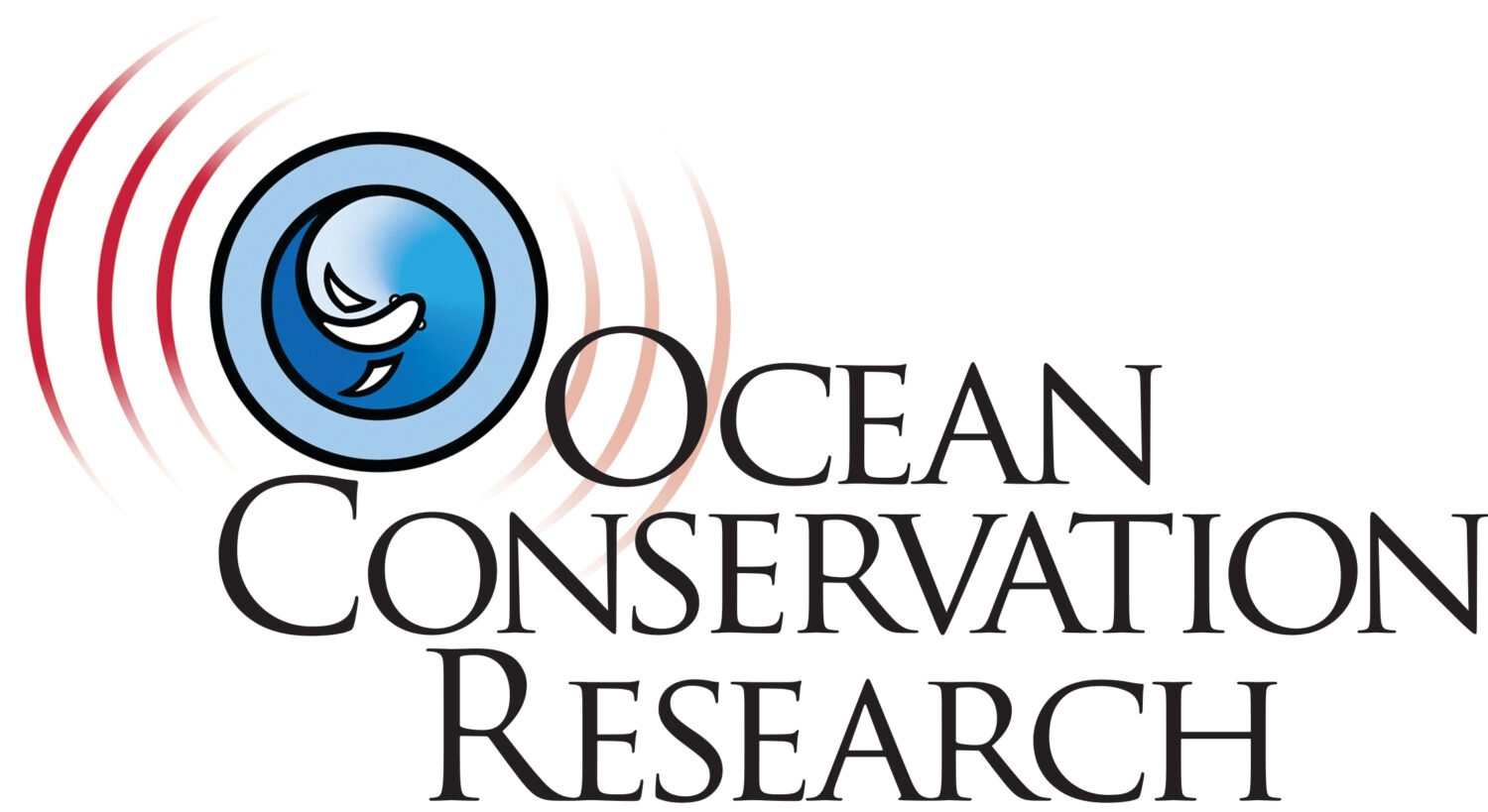One of the more vexing challenges in understanding the effects of noise on marine animals has to do with assessing the “sub-lethal” impacts that compromise biological functions. These include the impacts from noises that mask or hide biologically significant signals, noises that confuse or startle animals, and noises that just erode the acoustical qualities of a habitat (your humming refrigerator for example).
These noises don’t cause mass strandings, inflict tissue damage, or induce panic responses; rather they just increase stress levels. The synergistic impacts can include compromised immune response, changes in cardiovascular function, disturbed sleep cycles, changes in reproduction success and fetal development, and alter an array of adaptive behaviors.
These impacts are hard to correlate with sound exposure in natural environments because noise is just one of many stressors that animals suffer. And given that marine animals are mostly underwater and thus out of sight, it is hard to determine which stressor pushes the threshold most egregiously.
It has been only recently that instrument tags have been deployed on large animals that can help determine behavioral responses to specific noises, but the “synergistic” models remain for too complex in the marine environment to provide much evidence or clear data to help us sort out how chronic noises impact marine life.
That is perhaps until now.
On my return from a recent conference I was fortunate enough to be seated next to Joanne Blum, Dr. Veterinary Medicine, who is a consultant on many issues pertaining to lab environments for animal research.
In lab studies animals need to have a comfortable environment so that the preventable stresses of captivity do not skew the research results. Individual enclosures with clean air, dry bedding, and appropriate lighting are all worked into the design standards.
Increasingly “noise criteria” is also playing into the standards of enclosure design. And herein lays a rich legacy of studies on the impacts of chronic noise on biological functions – immune response, cardiovascular function, reproductive success, growth, and social behaviors.
Dr. Blum sent me an article link to ALN Magazine (a trade magazine for the “Animal Lab Industry”) and has mailed me a few other articles on the impacts of noise on lab animals. The wealth of useful information here is stunning, but not surprising. Off in our trajectory of marine bio-acoustics we don’t often consider where our work intersects a world where thousands of cages house rabbits, mice, and rats – which by the way all have excellent, broad-band hearing.
Regardless of your position on animal labs, the studies on noise impacts in controlled “vivarium” settings inadvertently provide a rich vein of data on non-lethal impacts of noise that is not found in the fields of marine mammology or fisheries health.
We will be excavating this new seam of data to inform our work, and allow us to gather a deeper understanding on how non-lethal levels of human generated noise can impact marine life.
